Here at Border Criminologies we are trying to integrate images into our analysis of border control. We have begun taking photographs inside UK immigration removal centres (IRCs) and are also distributing cameras to some women and men as they leave detention. We are in the early stages of this part of the research project.
While there is a lot of ‘talk’ about migration and its control alongside reports and a growing body of scholarly literature, the lived effects of border control remain largely hidden. Detention centres, like prisons, are difficult to access. Asylum seekers in the community are often placed in remote and derelict housing. At the border itself, control typically occurs behind closed doors, away from the gaze of other travellers. Photography provides one way to make visible the lived experiences of border control.
Photography may extend research participation. By distributing cameras to some women and men as they leave detention, we hope to hand over to them opportunities to share their experiences through alternate means. While some ideas and guidance are provided, these women and men choose what to photograph and why. They share with us what they select. For a population where finding a common language can be a challenge, communicating in images might be easier. It may also be fun, creative, engaging, and something to do. It could of course simply feel like another chore. We hope not.
While images may be strange, they may also be familiar. Photography domesticates, shares, reaches out. Many of the images captured and shared below show familiar spaces: kitchens, the public library, public transport. Others are not so familiar: the reporting centre.
Border Criminologies’ Sarah Turnbull compiled this photo story with Hussain
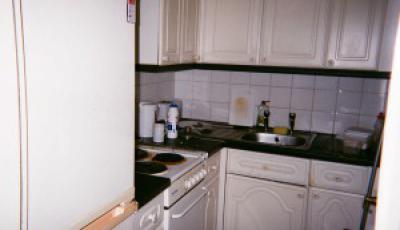

This is Hussain’s room. There is no TV and the sofa isn’t meant to be there. It was left by the landlord. Though it's sufficient, it feels unwelcome and institutional. “No one cares and comes by," Hussain comments, "and asks how we are living or anything.”
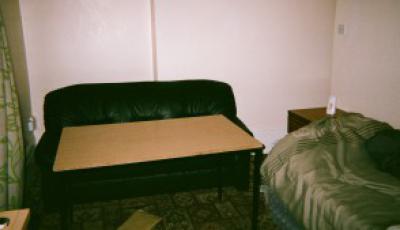
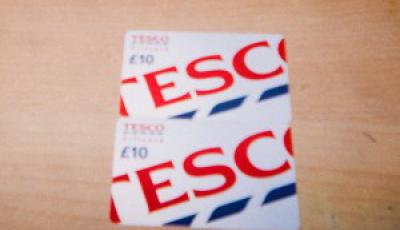
In detention, Hussein observed, there was no freedom, but on bail “it’s just freedom and nothing else.” He worries that this means people in his position are “free to go end up doing something wrong and then back to the cage again.”
The next two photos show the town centre where Hussain goes for walks to help pass the time.
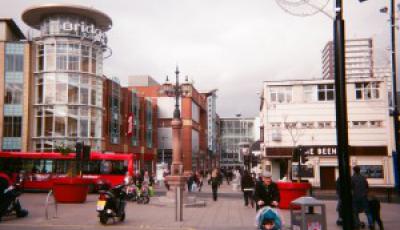
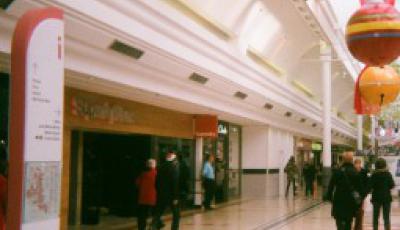
Prohibited from working and without money to attend college or spend on other forms entertainment, Hussain spends a lot of time in the public library using the internet and reading books.
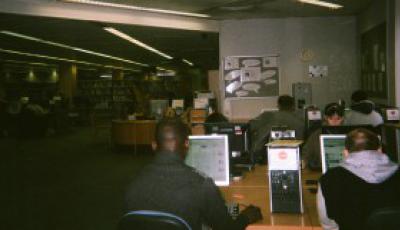
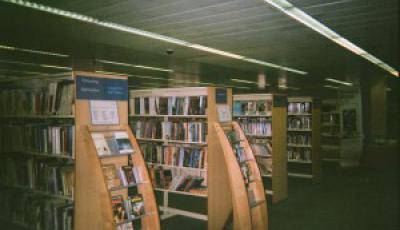
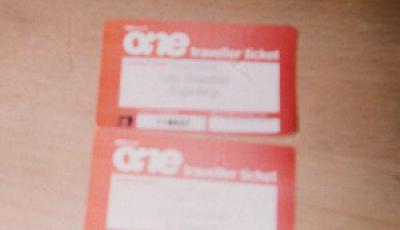
It takes Hussain about an hour and a half to travel by public transit to the reporting centre if all goes well. He has devised a route that involves the metro and a ferry that usually, but not always, gets him there on time, as sometimes there are delays. The following photos are taken on this journey to the reporting centre.
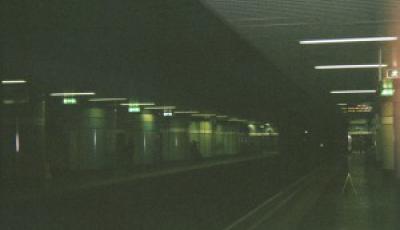
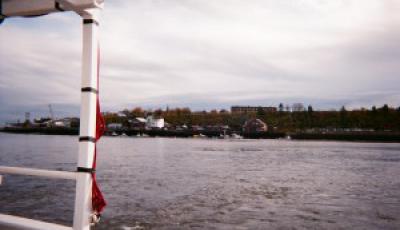
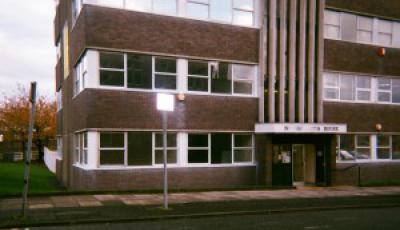
Want to start a discussion about this topic? Post a comment here or on our Facebook page. You can also tweet us.
__________
How to cite this blog post (Harvard style):
Border Criminologies (2014) Life After Detention: A Photo Story. Available at: http://bordercriminologies.law.ox.ac.uk/photo-story (Accessed [date]).
Share:








